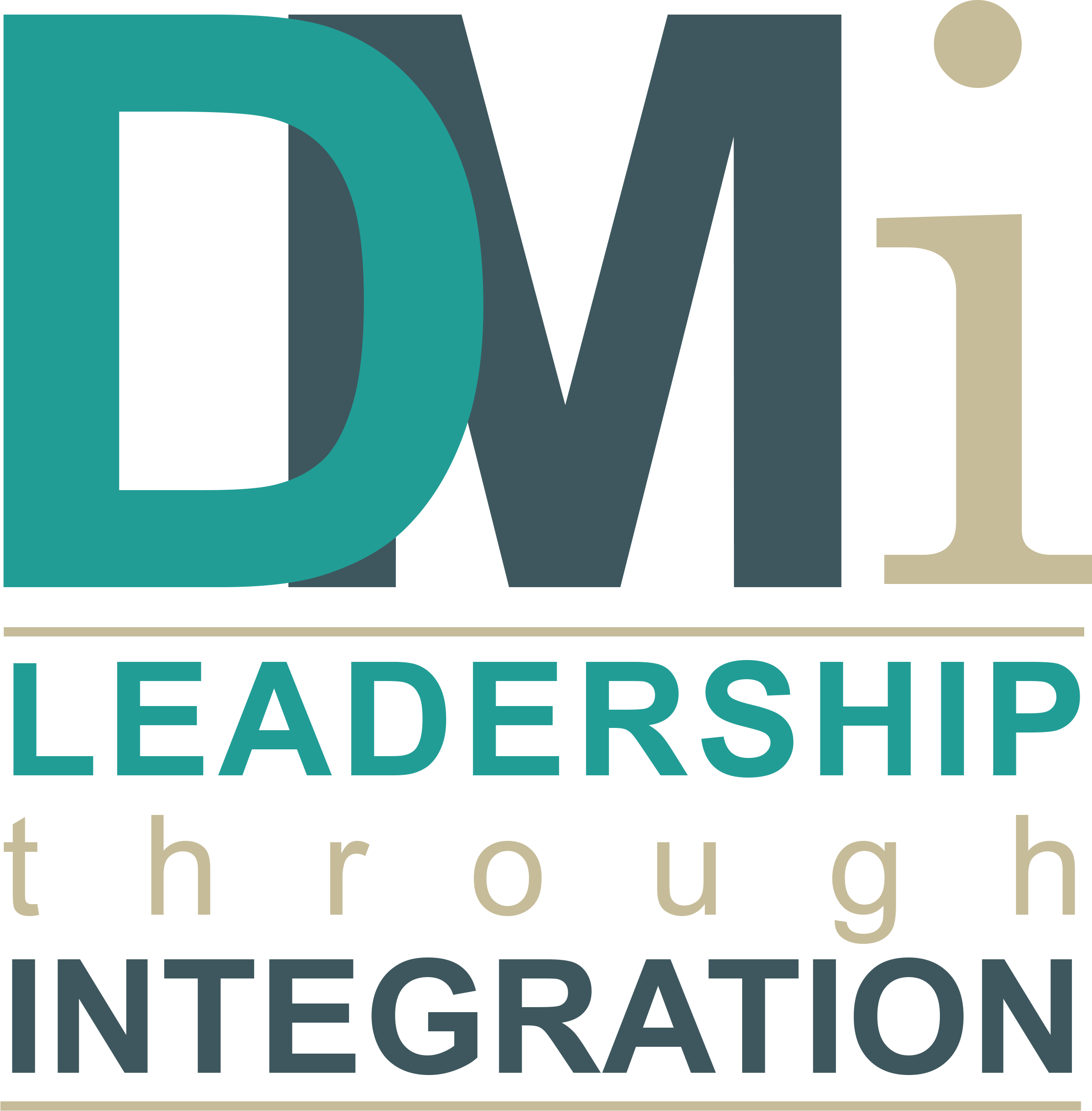Traditional Industry: The Post Brexit Future
Traditional Industry: The Post Brexit Future
The hard, cold fact is that “business as usual”, especially in the more traditional sectors such as the furniture industry, looks like a guaranteed shortcut to “no business at all”.
Complacency
Today’s market is global. If anyone needs convincing, go to the next London International Furniture Show and list the vastly increased number of foreign countries exhibiting there. They take an ever-increasing share of the UK market; survival means we must take not just a token but a good slice of their home markets. That’s what 2020 means.
Back in the 80s/90s the British furniture industry was considered washed up – like the rest of the British manufacturing industry. The reflex reaction of many furniture companies was to consider moving up-market. But if everybody moves up-market, over-crowding will mean that some companies will move up and out. The fact is that there is international competition and opportunities at all levels of the market.
Quantum leap forward
But the UK furniture manufacturing industry can be successful provided it takes a wholesale quantum leap forward. How about some of these:
- Running the factory with practically nil work in progress – eliminating the traditional workers “security blanket”, the pile of work waiting for his or her machine.
- Delivering materials direct from the vendor to the shop floor without inspection (enough to make seasoned production managers start sweating). This means making vendors true partners not enemies.
- No more quality control ‘police’ on the shop floor, make each worker their own quality control.
- Abolish the little argumentative kingdoms of self-interest not only in the factory, but throughout the company, establish true open communications and empowerment.
- Make everyone from labourers to all levels of management feel valuable to the business. They are! Without people the company has nothing.
- Cultivate short production runs, so flying in the face of most traditional manufacturing experience.
- Planning the shop floor to produce just as much as needed, not as much as possible.
- Encourage shop floor personnel to think. Everybody is an expert in their own 3 square meters.
Those are just a sample of the culture changes required to become a world class manufacturer. It doesn’t matter whether you employ 50 or 5000, the principals are identical, and they run deep.
A decree from leadership won’t do it; nor will appointing a director of acronyms. How many of you reading this article believe what ERP, Lean, Six Sigma really stand for? Instead of the flip acronym. We need to humanise the important objective of each of these manufacturing methodologies:
Integrated Planning ERP
Waste elimination Lean
Problem solving 6 Sigma
But these are methodologies to be learned, adopted, and implemented confidently. They are not technological quick fixes; they require radical changes of attitude.
Business Excellence is the integration of all these methodologies and the actual reversal of some traditional manufacturing practices. It means change, and change triggers fears like:
New is not necessarily better
It may be all right in the motor industry but in our industry?
What’s the benefit to me?
Is it just another management fad that we will see off in three months?
It’s another computer system disaster waiting to happen?
What is they don’t need me anymore?
Overcoming fears
These are genuine, legitimate fears. Deal with them honestly, enthusiastically, and promote the benefits to individuals as well as the company. The work force must feel secure, everyone must understand. We don’t want a Lean island or a 6 Sigma centre of excellence, that way lies another set of competing kingdoms. It’s no good sending some managers to an ERP seminar, some to a Lean course and others to a 6 Sigma workshop. Everybody needs to understand that Business Excellence is all these methodologies and must be synthesised together, then implemented in the right mix for your business.
The wrong way
Much production training is focused on technical issues – how to use a machine, how to test the materials. What the modern manufacturer must do is provide at least equal education time on changing mind sets and attitudes. One of the problems here is that some macho production cultures are much too busy rushing about being action men to actually really think very much about people.
So you may need some help to affect such a cultural revolution smoothly. That may mean management consultancy, which means time in briefing and discussion, time you haven’t got. Or have you? It would be great if companies in South East Asia, Eastern Europe and China looked over their shoulders and saw us gaining on them. The essential manufacturing mission – high quality, low cost, quick response i.e. ECXCELLENCE – can be accomplished. But time is not on our side.
Are you ready for the new world trade?
In our business we are constantly being asked questions and recently we are being asked more and more difficult questions by CEO’s and Managing Directors.
It seems they all agree that to compete post Brexit they must do something. But what? Should they implement ERP before launching a Six Sigma programme or instead of? Should they appoint a Business Excellence Director before they implement Lean? Do they create a director of acronyms and allow each acronym to be implemented and function independently? Do the acronyms bolt together, tie together or fit together like some kind of children’s puzzle? Or is there a new acronym post Brexit just waiting to be launched. The answer is very simple.
If we look at the what the great Bill Shankly’s answer was when asked about the secret of Liverpool’s success, he said “There’s no secrets, the game is just about passing and tackling” – the fundamentals! The questions are not what bolts together or which to do first. The question should be what are the obstacles to Business Excellence and how to overcome them?
Let’s look at our vendors. Let’s say that one of our major vendors has always given us three months worth of material at a time; and we also kept a couple of tons of safety stock JIC (Just in Case). As part of the Lean programme what we would like to do is to get our vendor to make more frequent deliveries in smaller quantities. There are some good reasons for this like:
- Reduced investment in inventories and storage
- Reducing quality problems caused from materials storage
- Avoiding the danger of obsolete stock caused by cancelled customer orders or changes in the product mix.
We would also like deliveries to be ‘just in time’ with no safety stock, but without having a continual fear that the materials won’t arrive in time. At the same time, it would be very desirable to reduce the amount of paperwork associated with the purchasing process – purchase orders, invoices, inspection reports.
The question is should we attack this problem as part of the ERP programme or as we implement Lean. Is it in fact a quality problem which the Six Sigma team can deal with or is the real answer to get new software and hardware which includes EDI and blockchains?
Let’s stop and think for a minute and look at the problem. What are the obstacles to smaller, more frequent deliveries and the reduction or elimination of safety stock? Well there are a lot of them:
- Uncertainty of the requirements
- Inaccurate inventory records
- Long set up times
- Bill of material inaccuracies
- Long lead times
- Late deliveries
- Rejects in receiving inspection
- Rejects in our own manufacturing process
- Requisitions and purchase orders for internal procedures
- Transport costs
Let’s examine these obstacles. Inventory and bill of material accuracy, uncertainty of requirements are usually ERP issues. Set up times and long lead times are Lean issues. Paperwork comes under that heading as well. There are some quality problems so obviously we need a Six Sigma programme and perhaps the other fall into the new post Brexit acronym to be announced shortly.
Do we need an acronym for a problem before we can solve it?
Of course not! But that’s how we tend to act. We constantly see companies confused about which way to go so they send a couple of people to an ERP course, a few to a lean workshop and the inspection department go to a quality camp. They all come back enthused. They all believe that they found the answer. They run around trying to gain support for their acronym, and competing with who? Each other! Of course, most of the people don’t go the any course, they learn by rumour! So they are even more confused now than before. Their view is that they can’t work on two or three different projects and still do their own jobs which breeds frustration.
Instead of trying to decide which acronym is best or which is responsible for which problem, lets focus our attention on the fundamentals, passing, tackling and overcoming the obstacles, it doesn’t matter which come first or what fits together with what.
The integration of acronyms will follow as naturally as the success that Liverpool achieved. We are now post Brexit and manufacturing industry is getting stronger and more competitive. Let’s get down to the challenge of overcoming the obstacles to Business Excellence and make the 2020s a decade of results.
Dave Manning
DM Integration Ltd (DMi)
LEADERSHIP t h r o u g h INTEGRATION


